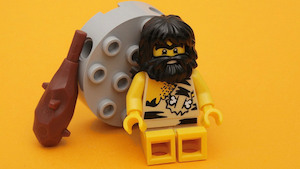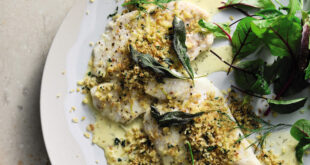Before starting any diet or exercise programme, check with your GP. Beware of self-diagnosing food allergies or intolerance. Eliminating food groups from your diet can come with complications.
 The principle is simple – cut out processed foods, sugar, diary and grains all together. Essentially eat like our ancestors would have.
The principle is simple – cut out processed foods, sugar, diary and grains all together. Essentially eat like our ancestors would have.
Many nutritionists shun this idea, arguing that eliminating certain food groups isn’t part of a healthy and well balanced diet. The Paleo ‘Movement’ however has built up huge momentum, every blog, paper and magazine now seems to contain information on the caveman diet. Both the US, Australia, and now the rest of the western world seem to be itching to find out why celebs such as Matthew McConaughey, Megan Fox and Kobe Bryant all swear by it.
So what is all the fuss is about?
The Paleo diet consists of these basic elements:
– Gluten free, sugar free and diary free
– Eating foods rich with nutrients
– As many vegetables as you can eat, excluding starchy potatoes
– Avoiding refined sugars
– Cooking with unrefined fats such as coconut oil instead of sunflower, vegetable, or canola oil which are highly processed
– No grains or legumes – The Paleo way avoids these in order to improve the health of your gut bacteria, as many people have trouble digesting both legumes and cereal grains such as wheat, rye and barley.
So what can you eat?
– Organic grass fed meat, as well as organ meat and bone broth
– Fish, from sustainable waters
– Organic vegetables
– Nuts and seeds
– Free-range eggs
– Healthy oils
Some Paleo alternatives to think about:
– Using a spiralizer, create a noodle/ spaghetti alternative with zucchini, carrots, or parsnips perfect for bolognese or stir fries
– Pizza base using almond meal instead of flour
– Use two portobello mushrooms instead of a burger bun
– Rice made from cauliflower
– Celeriac fries
– Use honey or maple syrup instead of sugar
– Sweet potatoes instead of potatoes
This may initially seem like a limiting list of food, with numerous rules and regulations, and it’s certainly not going to be for everyone.
With that said, you can still get a balanced variety of nutrients and vitamins within the confines of this diet. The key, I believe is to start off by figuring out what you want to achieve from this.
Weight loss? Less bloating after eating? Or generally building a foundation for a healthy lifestyle? Then continue from there.
There will be people out there that follow the Paleo diet to a T, while others may feel that they enjoy elements of it; a popular element is to cut out refined sugars and grains.
Another consideration is the cost. Unfortunately just because you’re eating like a caveman doesn’t mean it wont cost you 21st century prices. Eating 100% organically can be both pricey and inconvenient, despite its increasing popularity, often your local supermarket won’t provide everything you need.
The key question then; What elements are important to me? and how can I adapt my lifestyle around it?
Personally, the idea of removing processed foods and those high in sugar and salt is a huge positive, however cutting out dairy and grains altogether just isn’t what I think my body needs.
Quinoa is staying with me for grains and I do not think I will see the day when I don’t have milk in the fridge, although I would like to try almond milk (just for variation more than anything).
Listen to what your body needs and how it reacts to cutting out or adding in certain food groups, and essentially enjoy what your eating and enjoy the benefits from it.
Before starting any diet or exercise programme, check with your GP. Beware of self-diagnosing food allergies or intolerance. Eliminating food groups from your diet can come with complications.
By Katy Powell









sepia - 10 years ago
So why do I continually see research saying that animal products cause cancer. Our ancestors lived mainly on plants, berries etc. Someone appealing to the gullible for a quick
dollar.